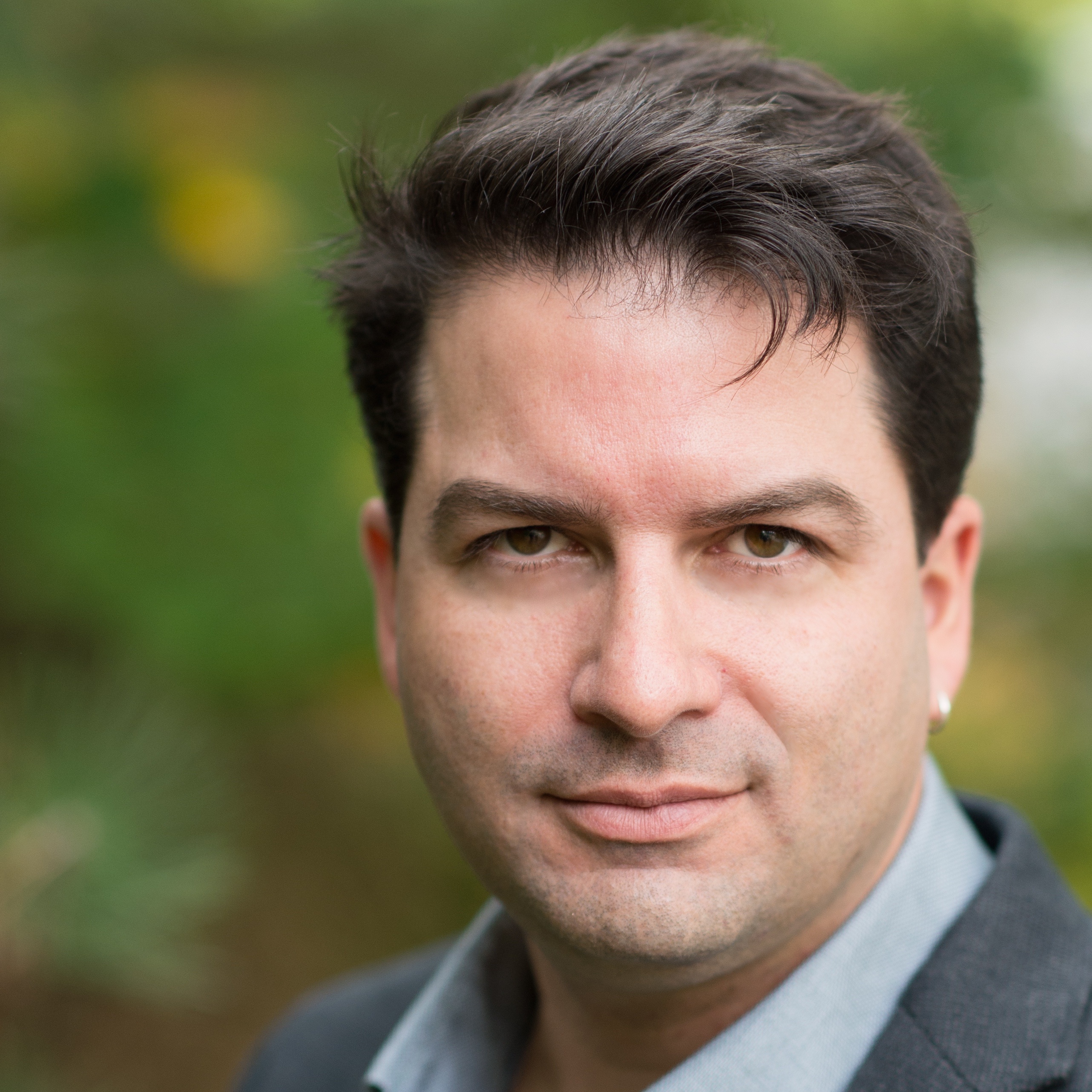
Our national consciousness has shifted in recent years from “managing homelessness” to “ending homelessness.” Federal, state, and local policies have focused on specific subgroups, such as veterans, people experiencing “chronic homelessness,” and, more recently, families and youth. In many communities, these efforts have been useful in bringing together new partners, galvanizing public and private support, and shaping public awareness of what it takes to end homelessness.
Our collective progress in ending homelessness, however, is messy and mixed. Official point in time counts have shown modest reductions in homelessness, yet we know that these counts underestimate the problem: the methods are flawed, they miss many people, and they provide only a literal count on a given night and not an estimate of the extent of homelessness over the course of a year—a much, much larger number.
More troubling, as we focus on ending homelessness one person or one family at a time, we are not doing enough to turn off the faucet. In other words, we are not doing enough to solve the structural causes of homelessness—lack of affordable housing, wage stagnation, the wealth gap, institutional racism, and inadequate health and social services for people living in poverty. (Read more of Jeff's thoughts on fixing the structural causes of homelessness.) We can work to end homelessness now, but unless we figure out the prevention side of things, new homelessness will continue to happen.
Thirty years of advocacy, targeted housing and services, and research to address contemporary homelessness have taught us much about what it would take to end homelessness. A permanent and sustainable end to homelessness requires that we fully address 4 essential components:
1. Housing.
Because homelessness is fundamentally defined by lack of housing, housing is the essential foundation to ending homelessness. As our friends in the Health Care for the Homeless movement often say, “housing is healthcare.” Housing is safety and security. Housing provides a stable launchpad from which people can get and keep a job, address mental illness and substance use, take care of their health and nutrition, and find purposeful roles in the community.
Yet we cannot think of housing person by person, family by family. One of the main reasons homelessness as we know it exploded on the landscape in the early 1980s was that we slashed our investment in affordable housing. In 1970, there were 300,000 more affordable units than low-income renters (6.5 million units for 6.2 million renters). By 1985, demand had grown sharply, with 8.9 million low-income renter households. Supply of units had not only not kept pace, it had instead been gutted. By the mid-80s, there were only 5.6 million affordable housing units—a gap of 3.3 million between units available and those who desperately needed them. This was no accident. During the first year of Ronald Reagan’s first term, he slashed federal funds for public housing and Section 8 by half.
We have never recovered from these disastrous public policy decisions. It is no wonder than homelessness has stubbornly persisted on the American landscape ever since.
If we expect to end homelessness, we cannot merely divide the current resource pie differently, a strategy that inevitably pits one group against another (singles vs. families vs. youth vs. veterans). Such an approach also pits housing against shelter and housing against services. We need a massive national commitment—public and private—to ensure affordable housing for all. Housing is a basic human right, without which people cannot lead stable, connected lives.
If we expect to end homelessness, housing is the fundamental starting place.
2. Services.
Housing is essential, but it is not sufficient. Housing alone, without attention to health, behavioral health, employment and education, and other supports, will continue to result in instability and recurrent homelessness for many people. A report by the Bassuk Center on Homeless and Vulnerable Children and Youth found that services are equally important—the other half of the equation that can provide stability and prevent future homelessness.
We all need services. Health care is a service. Childcare is a service. Transportation is a service. So are case management, substance abuse treatment, and supported employment.
Housing alone cannot address the myriad complex challenges facing so many people living in poverty and experiencing homelessness. We must find a way to ensure that services are available, accessible, and affordable across the lifespan. With such comprehensive supports, how can we expect housing alone to end homelessness in a way that is real, deep, and sustainable.
If we focus on housing alone, we will never end homelessness.
3. Social Connectedness.
A key to an apartment is great. Amazing. A great case manager can be a really wonderful support as someone exits homelessness and stabilizes in housing. But I have known too many people who moved into their own apartments for the first time in years, only to suffer in loneliness, depression, and relapse. I have known too many people who attempted suicide or ended up back on the streets because that’s where their friends were.
If we think that a housing subsidy and supportive services can create community and human connection, we are mistaken.
We must follow the lead of nations that have focused on strategies for social inclusion—countries like Denmark and Scotland—that work actively to destigmatize mental illness, substance use disorders, homelessness, and poverty.
Until we see one another as equal human beings, worthy of living happy and fulfilled and connected lives, we will continue to think of the world in terms of “us” and “them”—a world view that is, I believe, fundamentally flawed.
Creating a strategy for social inclusion and social connectedness must be part of our thinking in our work to end homelessness.
4. Prevention.
I am tired. I am tired of the homeless industrial complex. I am tired of the homeless policy echo chamber. I am tired of focusing on downstream solutions that kick in once people have already slipped through our country’s meager safety nets. We can never end homelessness by ending homelessness one person at a time. While that work is critical, it is never going to be enough.
We know what works. We have great interventions like Housing First and Critical Time Intervention that have been proven to end homelessness for people. But after decades of research and practice innovation, we never seem to generate the political will to fund such programs at levels necessary to meet the need. We celebrate housing 50 people here and a hundred there, and we should. But we continue not to do enough for the hundreds of thousands of individuals, families, and youth still experiencing homelessness each night in America.
More importantly, we have yet to focus our full attention on homelessness prevention.
Homelessness prevention means more than just intervening at eviction court and providing a short term housing subsidy to stabilize a family who is about to be thrown out of their place. While that may be one important strategy, true prevention will require research to understand who is at most risk for becoming homelessness. Then it will require going as far upstream as possible to provide that person or family with the appropriate supports—financially, emotionally, and otherwise—to ensure that they do not slip into homelessness. It will require immense creativity of a type that we have not yet mobilized in our national response to homelessness.
Prevention will require a big view that can look across multiple systems—housing, healthcare, homelessness, education, child welfare, criminal justice, employment, and many others—to identify pathways into homelessness, then design solutions that catch people before they fall. That is hard work. And it is work that many in the homelessness sector have said is not their job. We have said it is the job of the mainstream to do that work. Well, after two and a half decades working to end homelessness, I’m not sure what mainstream we are referring to. I have seen little evidence that mainstream healthcare, education, employment, child welfare or criminal justice systems give a damn about homelessness.
All of which raises the question: If not us, then who? If not now, then when?
It is time that we begin to go upstream and stem the flow of people into homelessness. If we do not, how can we ever expect to end homelessness?
More about ending homelessness in this podcast "Homelessness is not about Homelessness" (23 min):
This post was first published on Huffington Post.
Image by Daniel X. O'Neil (CC by 2.0).








